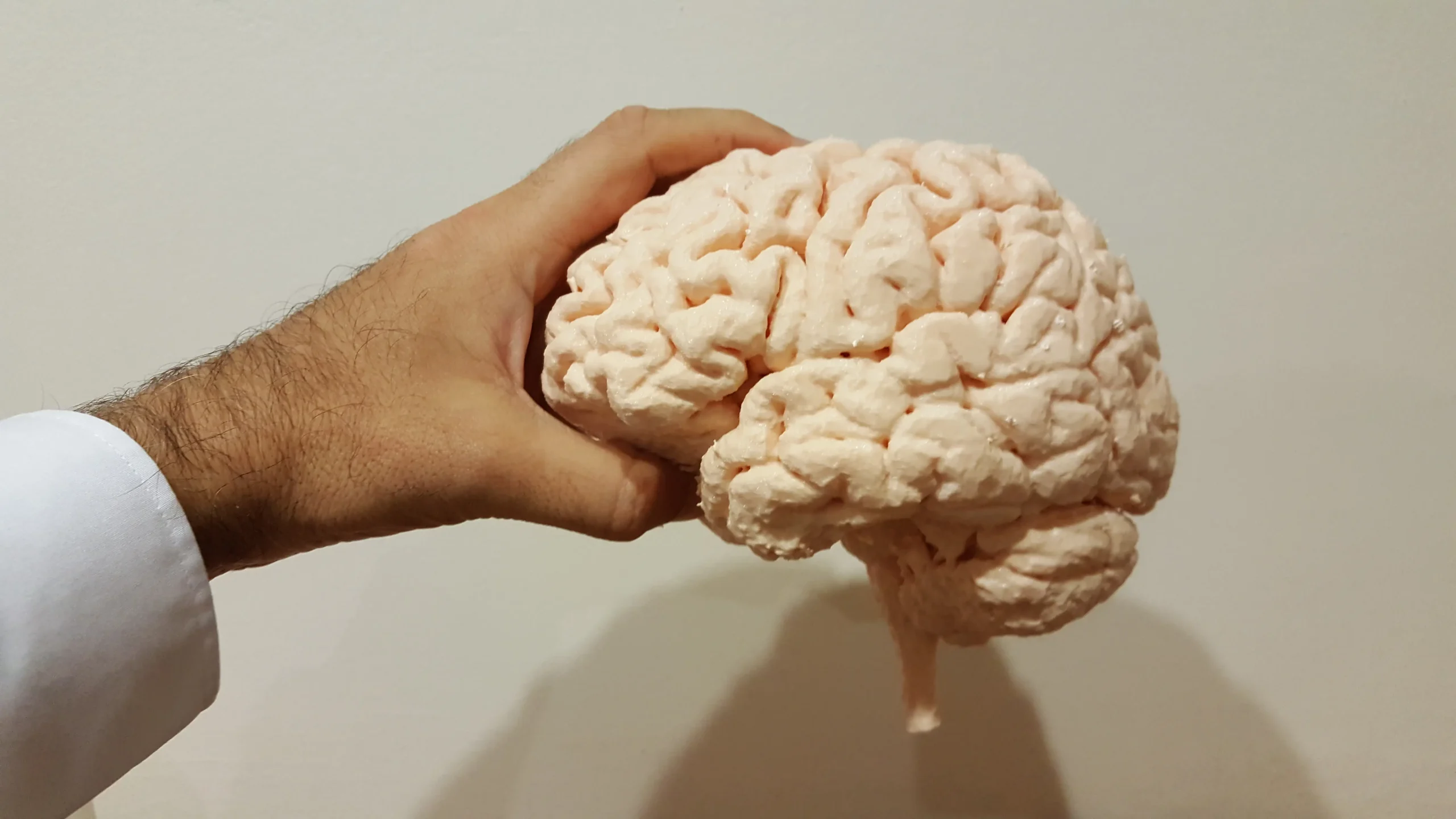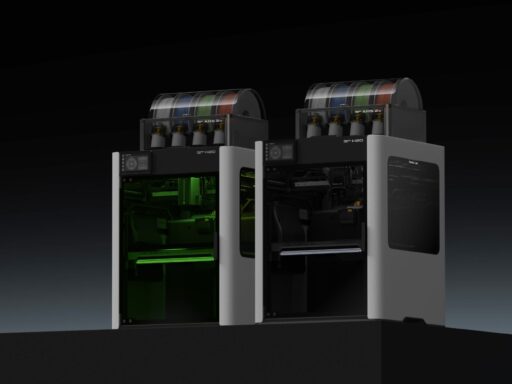Scientists at the University of Wisconsin-Madison have 3D-printed brain tissue that works and grows just like the real thing. Their mind-blowing breakthrough revolves around novel tissue structures that are strong yet thin enough for neurons to grow on them and communicate.
Growing brains in a lab may sound like a sci-fi plot, but the team is very serious about turning their discovery into a platform for future studies. With further R&D, it’s thought the tissues could be used to develop treatments for neurological disorders like Parkinson’s or Alzheimer’s.
“This could be a hugely powerful model to help us understand how brain cells and parts of the brain communicate,” enthused Zhang Su-Chun, a professor of neuroscience and neurology at UW–Madison. “It could change the way we look at stem cell biology, neuroscience, and the pathogenesis of many neurological and psychiatric disorders.”
Want to discover more about 3D-printed brains? Check out the full paper: “3D bioprinting of human neural tissues with functional connectivity.”






Your article helped me a lot, is there any more related content? Thanks!